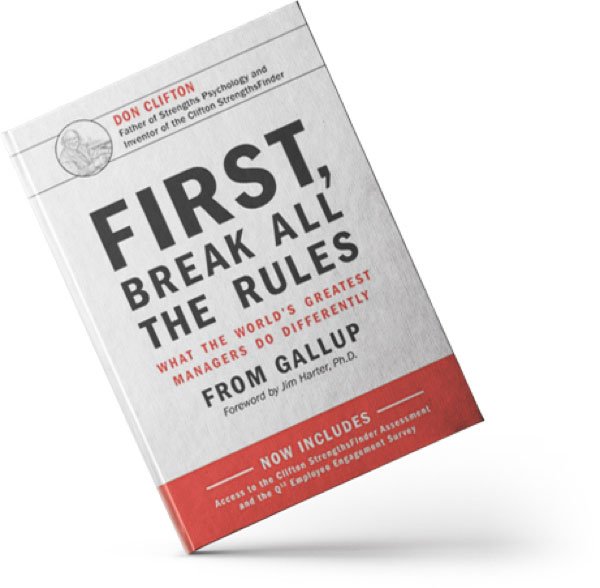CP’s Automotive team recently hosted their Drive to Thrive webinar, bringing together industry leaders and tax experts to explore the most pressing employment tax challenges facing the automotive sector in 2025.
With the sector under increasing scrutiny from HMRC and grappling with rising employment costs, the session offered timely insights and practical strategies to help dealerships stay compliant, competitive and cost-efficient.
We’ve summarised all the key talking points below.
Setting the Scene: A Sector Under Pressure
Ian McMahon, Head of Automotive at CP, opened the session by acknowledging the tough trading conditions many dealerships are facing – particularly around new vehicle volumes and gross profit margins.
Against this backdrop, controlling overheads while continuing to reward staff fairly has become a critical balancing act. So, the webinar focused on how businesses can reduce employment-related costs without compromising compliance or employee value.
HMRC Activity: A New Era of Scrutiny
Patrick Crookes, Employment Tax Partner at CP, kicked off the technical content by highlighting an unprecedented surge in HMRC activity targeting the automotive sector. In particular, two key areas are under the microscope:
1. Employer Compliance Reviews
HMRC is conducting targeted employment tax reviews, focusing on areas where errors are more likely due to the involvement of finance, HR and payroll teams. Key risk areas include:
- Employment Status for Tax: HMRC is challenging off-payroll classifications, especially for valeters, MOT testers and casual staff. Businesses must document their decisions using tools like CEST and seek professional advice to demonstrate reasonable care.
- Company Cars and Fuel Benefits: The car averaging method is under scrutiny, particularly where employees are grouped into incorrect bands. Fuel cards and demonstrator vehicles are also high-risk areas if private use isn’t properly managed or reimbursed.
- PAYE Settlement Agreements (PSAs): With the 6 July deadline looming, HMRC expects businesses to have PSAs in place for ad hoc benefits like staff entertainment. Failure to do so can trigger compliance issues.
2. National Minimum Wage (NMW) Enforcement
A dedicated HMRC enforcement team is actively targeting dealerships. These reviews typically involve site visits, data collection and worker interviews. Key risk areas include:
- Apprenticeship Pay: Apprentices must be paid the correct rate from the moment their apprenticeship begins. Early starters performing work duties before formal enrolment must be paid the full NMW.
- Deductions: Requiring employees to purchase tools or uniforms can lead to underpayment if not factored into NMW calculations.
- Working Time: Unpaid pre-shift or post-shift work, especially among sales staff, can result in breaches.
The consequences of non-compliance are severe: up to 200% penalties, mandatory repayment of arrears, and reputational damage through HMRC’s public naming and shaming.
Rising Employment Costs: The 2025 Landscape
Patrick then turned to the broader issue of rising employment costs, driven by changes announced in the Autumn Statement:
- Employer National Insurance (NI): The rate has increased to a record 15%, and the secondary threshold has dropped from £9,100 to £5,000, adding £615 per employee annually.
- National Living Wage: Now at £12.21/hour, this represents a £1,500+ annual increase for full-time workers. Apprenticeship rates have also jumped by 18%.
These changes are significantly impacting dealership profitability, prompting many to explore cost mitigation strategies.
Pension Salary Sacrifice: A Win-Win Solution
One of the most effective tools available is pension salary sacrifice, which offers savings for both employers and employees. Patrick explained how the scheme works:
- Employees agree to reduce their gross salary by the amount of their pension contribution.
- The employer makes the full contribution on their behalf.
- This reduces both employee and employer NI liabilities.
Example Savings:
- An employee earning £30,000 can save £120/year.
- The employer saves £225/year per employee.
- For higher earners (£60,000+), employer savings can exceed £450/year.
While the scheme is well-established and HMRC-compliant, it must be implemented correctly. Key requirements include:
- Formal variation of employment contracts.
- Minimum 30-day notice period.
- Opt-out options for employees.
- Careful consideration of NMW thresholds (employees must not fall below the legal minimum after sacrifice).
If that’s something you’d be interested in, Patrick and CP’s Employment Tax team offers full implementation support, including documentation, employee communications and payroll testing.
ECO Schemes: Under Threat from New Legislation
Brian Cooper, Employment Tax Director, addressed the surprise announcement in the Autumn Budget that “contrived” Employee Car Ownership Schemes (ECOS) are set to be curtailed from April 2026.
What Are ECOS?
ECOS arrangements allow employees to “own” a car via a credit sale agreement, avoiding company car tax. These schemes have been widely used in the automotive sector for many years, particularly for demonstrator vehicles and high-emission models.
Why the Crackdown?
HMRC has always viewed ECOS as a tax avoidance arrangement and has stated that they want to stop contrived schemes citing schemes where:
- There are no capital repayment terms.
- Little or no Interest is paid.
- The car is bought back after a short period (6 to 9 months).
The government claims these arrangements create an uneven playing field where employees are driving a car by reason of their employment and pay no tax compared to those who drive company cars and pay company car tax. It has been announced that draft legislation will be issued in the summer. While the exact details are pending, the Treasury has forecast an additional £850 million in tax revenue over four years.
Potential Impact
The automotive sector is likely to be hardest hit. If the legislation is broad, it could eliminate ECOS entirely as they consider all schemes are “contrived” schemes or it may be more targeted. Either way, dealerships must prepare.
Next Steps: Planning for Change
Brian urged businesses to act now:
- Review existing ECOS arrangements: Understand how many employees are affected and what the financial implications are for the dealership and its employees.
- Explore alternatives: These include:
- Company cars (especially low-emission models).
- Car salary sacrifice schemes (which remain tax-efficient and compliant).
- Cash allowances.
Salary sacrifice for electric vehicles, in particular, offers a compelling alternative. With benefit-in-kind rates still at just 2% rising to 3% from the start of the next tax year, it’s a cost-effective way to provide vehicles while avoiding the compliance risks associated with ECOS.
Looking Ahead: Autumn Statement and Beyond
The session concluded with a discussion on the future of pension salary sacrifice. While there’s speculation that the government may target the scheme in future budgets, it remains a cornerstone of pension policy – especially given the push for private retirement savings through auto-enrolment.
Patrick advised businesses not currently using salary sacrifice to consider implementing it before the Autumn Statement, in case any changes are announced. Grandfathering provisions may protect existing schemes, making early adoption a prudent move.
Get Ready for the Bends Ahead
Drive to Thrive delivered a clear message: the employment tax landscape is shifting rapidly, and the automotive sector is firmly in HMRC’s sights. From compliance reviews to legislative changes, dealerships must be proactive in managing risk and controlling costs.
Whether you’re looking to implement a salary sacrifice scheme, review ECOS arrangements, respond to HMRC enquiries or have any questions of your own, CP’s Employment Tax team are here to help.






















